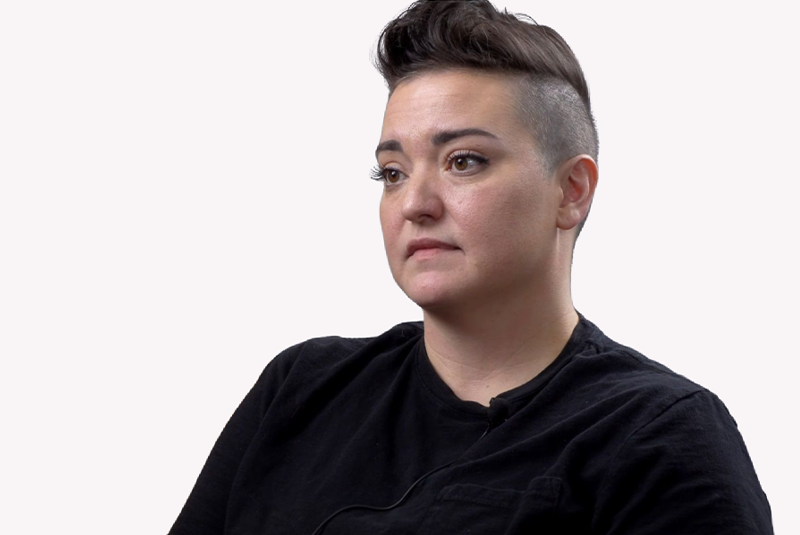
When should I get an MRI of my neck
When should I get an MRI of my neck https://bestpracticehealth.tv/wp-content/uploads/2022/04/01-1-1024x640.png 1024 640 Best Practice Health TV Best Practice Health TV https://bestpracticehealth.tv/wp-content/uploads/2022/04/01-1-1024x640.pngWhen should I get an MRI of my neck?
It depends on whether you have arthritis, a torn or herniated disc, or cervical stenosis.
MRI (Magnetic resonance imaging) plays an especially vital role in helping your doctor know how to deal with problems in your neck. However, studies show getting an MRI too soon can lead to a bad result. So, when should you get an MRI of your neck?
Most people with neck pain have have arthritis, a torn disc and possibly herniated disc, or cervical stenosis (narrowing) that can cause spinal cord problems (myelopathy). Arthritis shows up on x-ray, but it takes MRI to know if you have a torn disc, herniated disc, or cervical stenosis. Your doctor will need to know which problem is present to recommend the right treatment plan.
If you have red flags suggesting a serious underlying problem, you need an MRI and doctor visit emergently, which means right away.
But for most people, MRI should wait. The right time to get an MRI of your neck depends on how long your neck has been hurting and the type of pain you experience.
To determine if you need an MRI of your neck, you must know which of the four types of neck pain you have. Read to the end to learn to identify your pain and whether you need an MRI.
Your neck comprises the atals bone on which your skull rests, as well as six cube-shaped vertebral body bones separated by rubbery discs. Behind the bones, your spine forms a canal to contain and protect your spinal cord. The second bone (axis) has a special thumb-shaped projection to connect to the atlas. The rest of the bones in the neck have two facet joints to connect each bone

The facet joints (red) can become inflamed and hurt just like any other joint in your body.

#1. Facet joint pain.
When a facet joint hurts, it causes a very typical pattern. The pain from an inflamed or arthritic facet joint starts on the side of your neck and spreads into shoulder. However, facet joint pain does not cause numbness or weakness in your arm. Facet joint pain is caused by movement, so it feels better in a neck brace.
#2. Knife in the neck
The discs that separate the spinal bones have two parts. The outer part is tough and made from tissue rings that look like the trunk of a tree cut on end. The inner part is soft and serves as a cushion.

The tough outer part of a disc is called the annulus. Over time, the annulus can develop a tear with injuries or wear and tear.

An annular tear or compression fracture feels like a knife in the neck. The pain is typically near the middle of your neck and made worse by standing or even sitting. Unlike a painful facet, the pain from an annular tear or compression fracture does not typically radiate out from your neck to the shoulder.
#3. Cervcial radiculopathy.

Nere roots (yellow) start in your spinal canal and exit between the spinal bones.

A torn annulus can allow the soft part of the disc (white) to herniate out. Herniated discs put pressure on the neighboring nerve root causing it to become inflamed (red).

Inflamed nerve roots cause pain that starts in your neck and shoots down your arm like electricity. Cervical radiculopathy pain is typically associated with numbness and possibly weakness in the connected part of your arm. Unlike the neck pain from a torn disc or compression fracture, nerve root pain does not feel like a knife in the middle of your neck as it does radiate down your arm. The severe part of nerve root pain is not in your neck; it’s the arm. Unlike facet pain which radiates to the shoulder, nerve root pain can go to the tip of the shoulder, your thumb, middle finger, or pinky. If you look up to sky and then bend your head to the side to cause an electrical pain down your arm, you probably have cervical radiculopathy.
#4. Myelopathy

Our spinal canals get more and more narrow as we age. Narrowing of the spinal canal is called spinal stenosis. When spinal stenosis gets severe, the spinal cord inside the canal has nowhere to go and get pinched.

Spinal stenosis causes clumbsy hands, trouble fully emptying your urine, and difficulty walking.

Neck pain almost always (94%) goes away by itself without treatment in twelve weeks. However, some serious conditions require immediate evaluation. Knowing if you have a serious condition is by searching for red flags for neck pain and consulting a physician.
Whew! That’s a lot of pain. But it was worth reviewing because now we know YOU NEED AN MRI OF YOUR NECK IF YOU HAVE:
- Facet joint pain for twelve weeks not relieved by conservative measures like moist heat (NSAIDs), non-steroidal anti-inflammatory drugs, a neck support brace, and chiropractic treatment or physical therapy. Most people will wait for three weeks to see their doctor, get an x-ray, then start physical therapy. Ninety-four percent of people with facet pain are better in 12 weeks. If not, an MRI is needed. If the MRI confirms severe arthritis a diagnostic medial branch block followed by RFA (radio frequency ablation) may be appropriate.
- Knife in the neck pain. A torn disc usually causes this type of pain. Your doctor will want you to get an x-ray right away for neck pain following an accident as fractures show up nicely on an x-ray, and MRI may not be needed. Otherwise, your knife in the neck pain persists after 12 weeks despite conservative measures, then MRI is needed.
- Nerve root pain for three weeks. A herniated disc causes most nerve root pain; however, bone spurs can also cause it. MRI should be obtained after three weeks as an epidural injection could help. In rare cases in which nothing else works or there is functionally limiting numbness and weakness due to a herniated disc shown by the MRI then ACDF (anterior cervical discectomy and fusion) surgery may be advised.
- Myelopathy. Cervical myelopathy is a progressive condition that ends with urinary incontinence and paralysis followed by death in bed due to urinary tract infection. Luckily, this process is progressive but very slow. An MRI is needed to assess the degree of stenosis and determine whether laminectomy surgery is needed to take the pressure off your spinal cord.
We know this is complicated. If you have any questions or comments we’re available in the chat box below or by phone at (602) 256-2525.
- Post Tags:
- Pg - Laminectomy
- Posted In:
- Neck Pain









